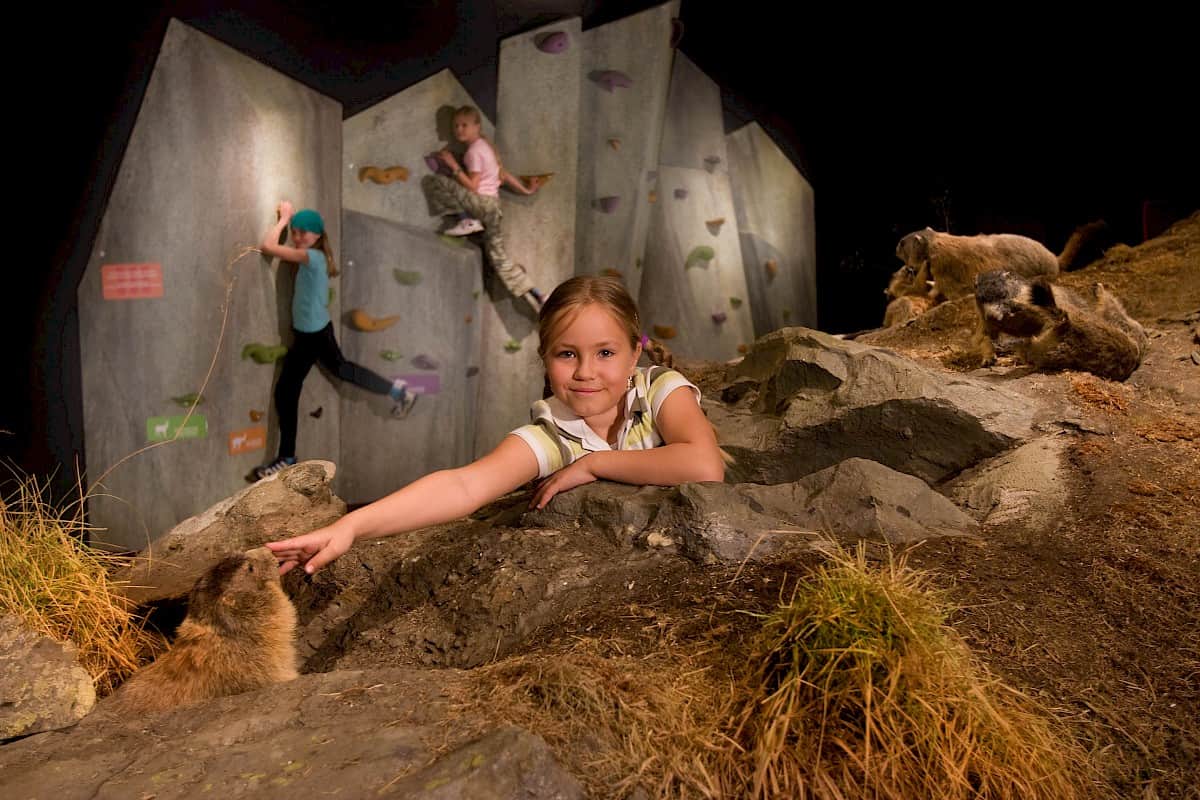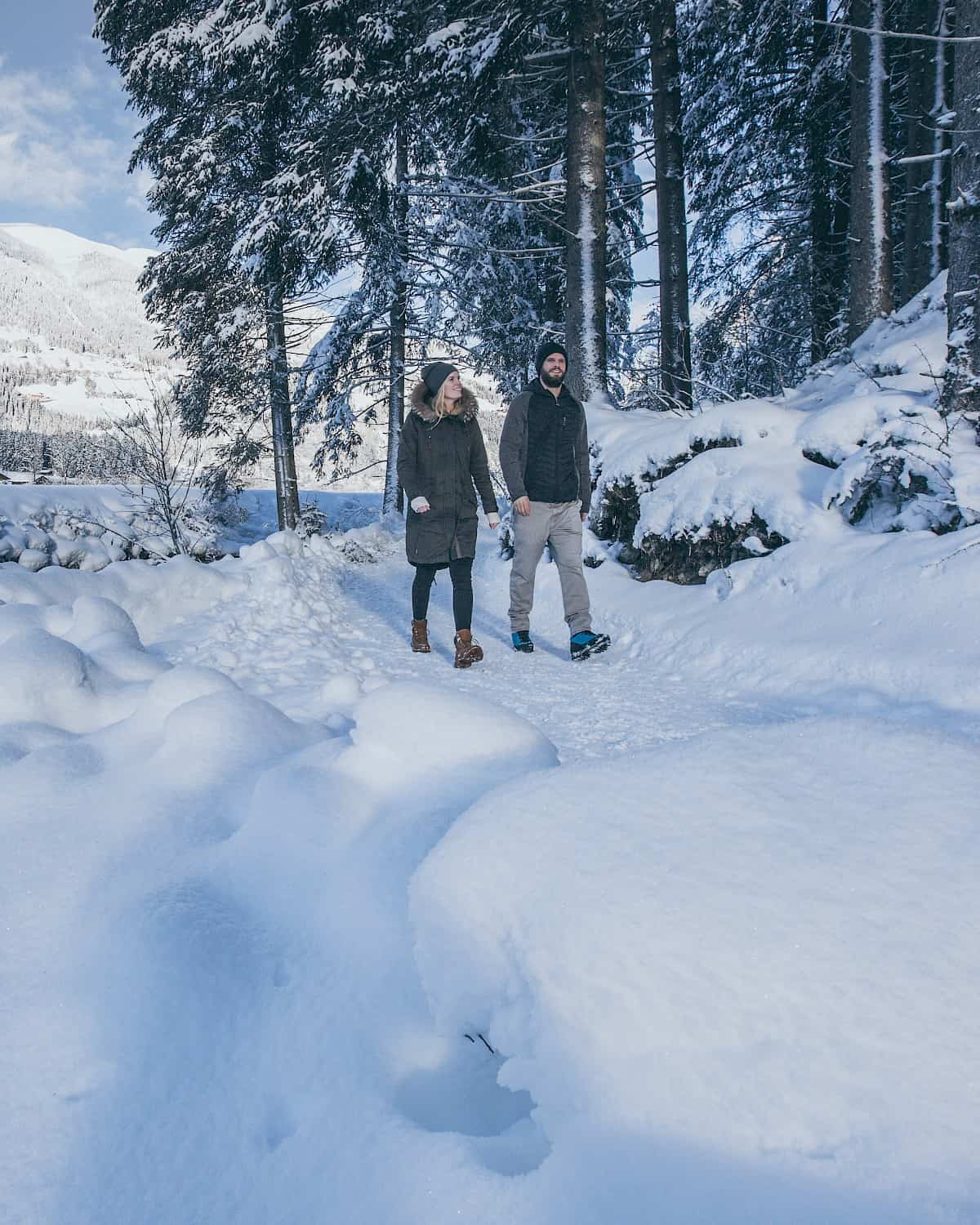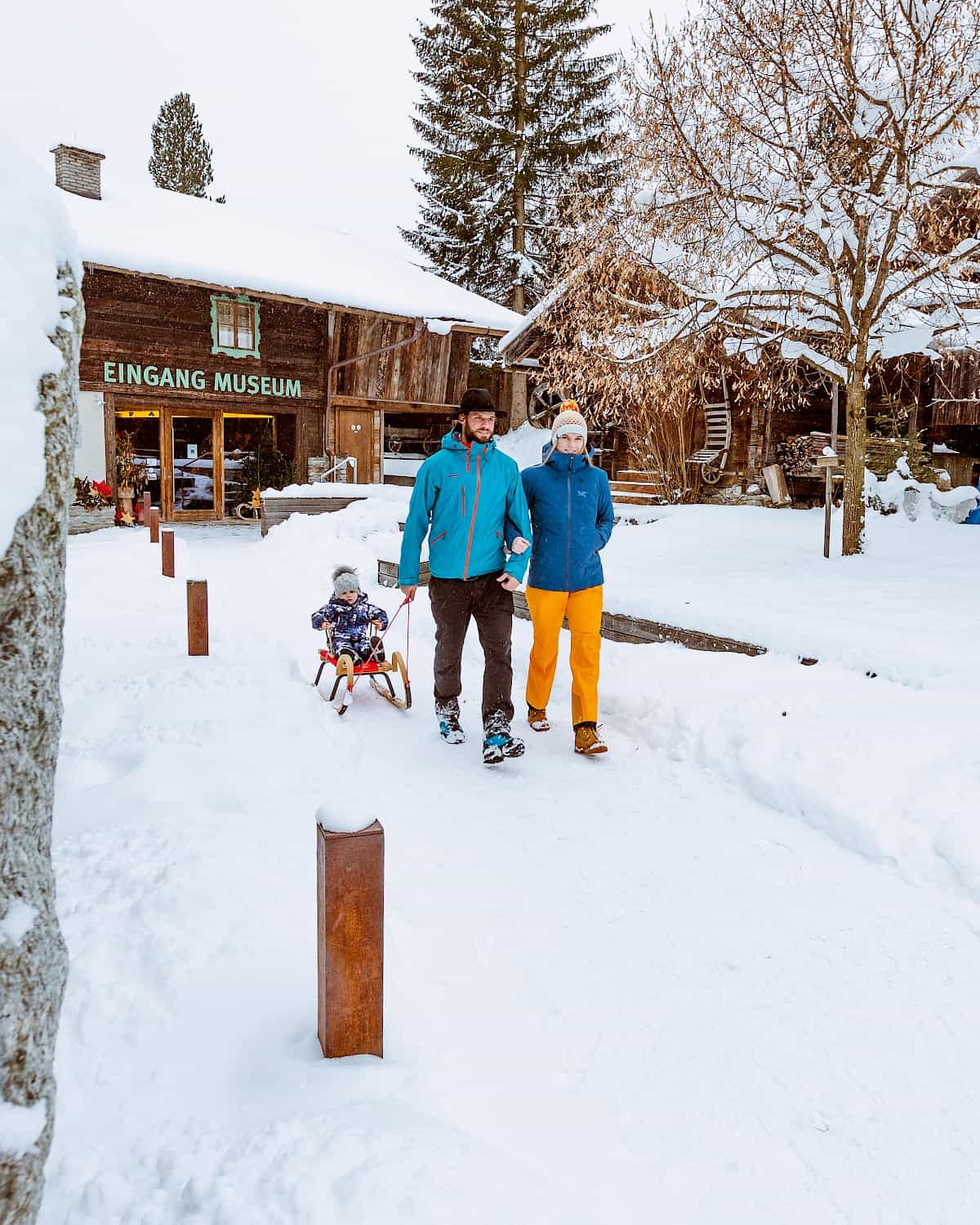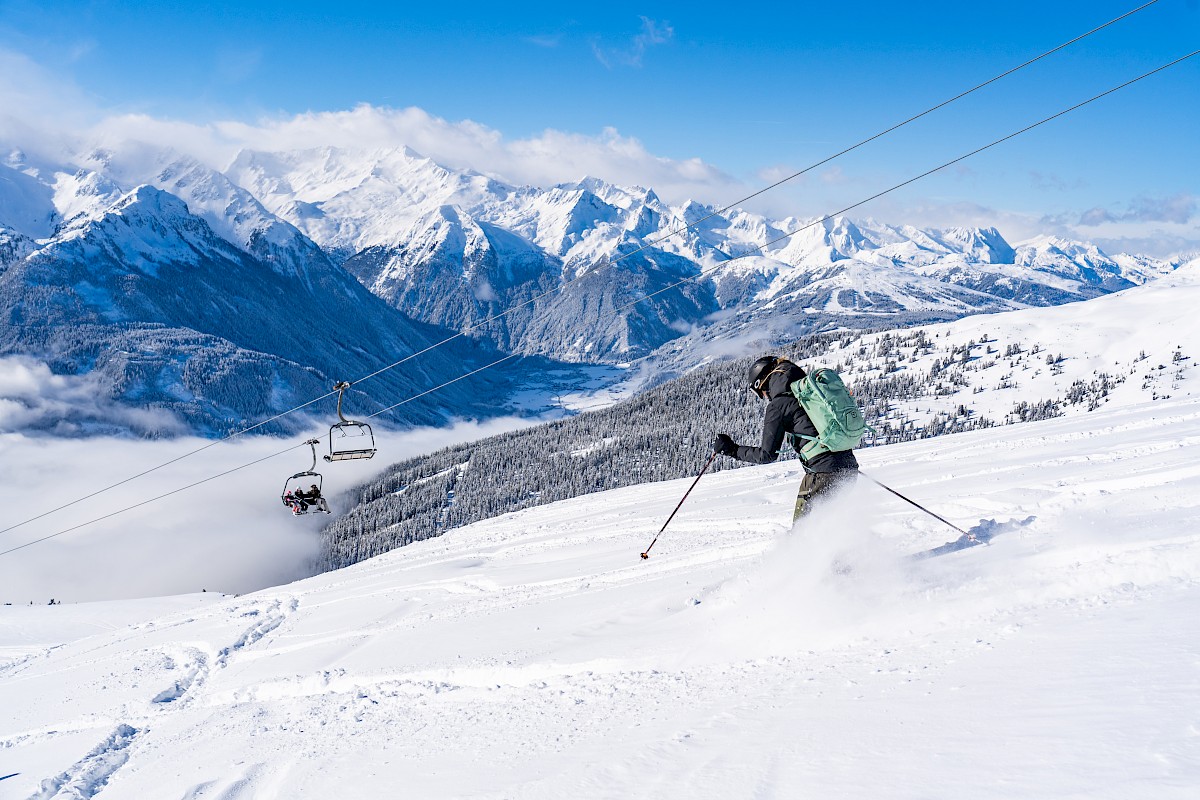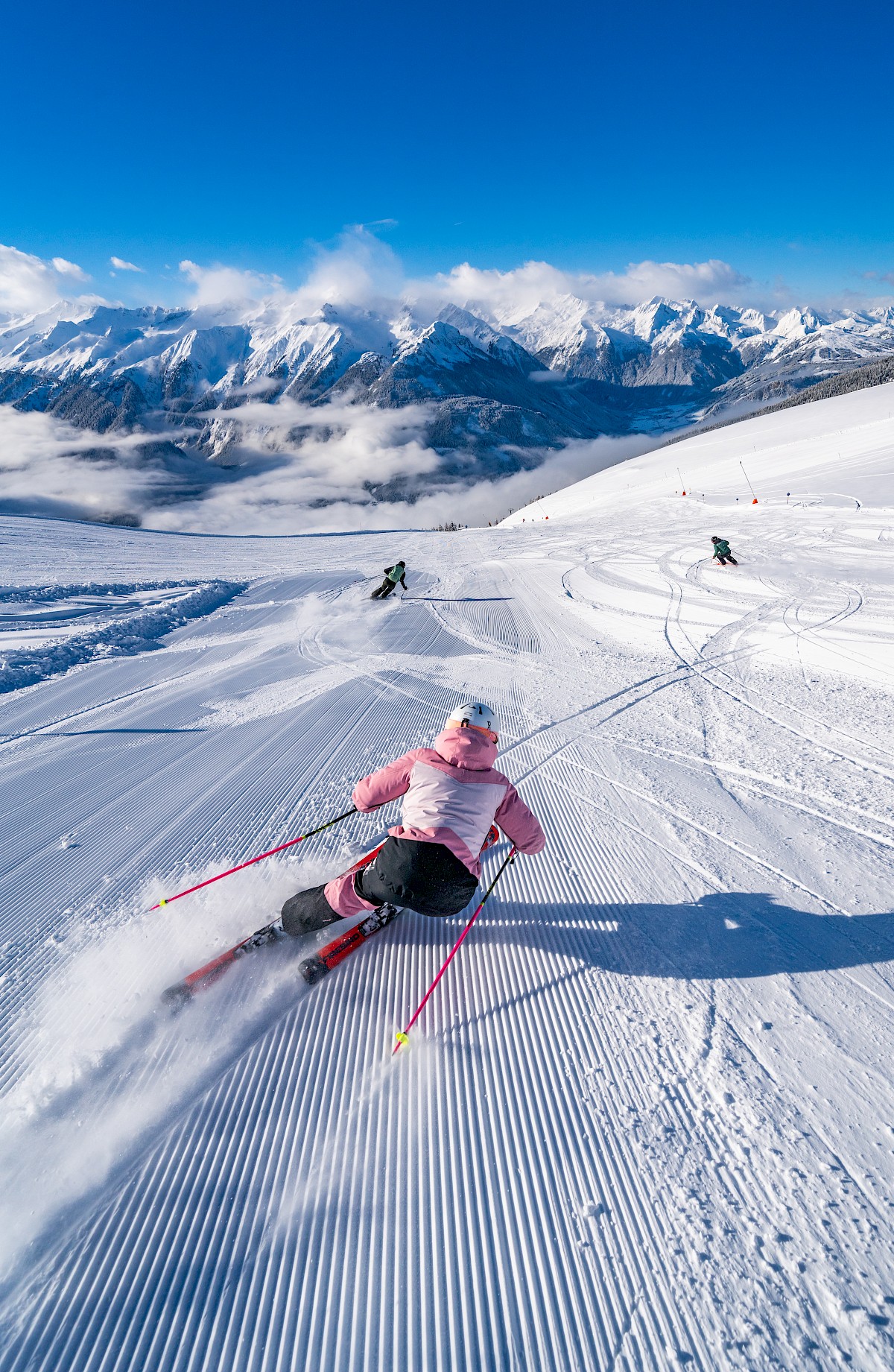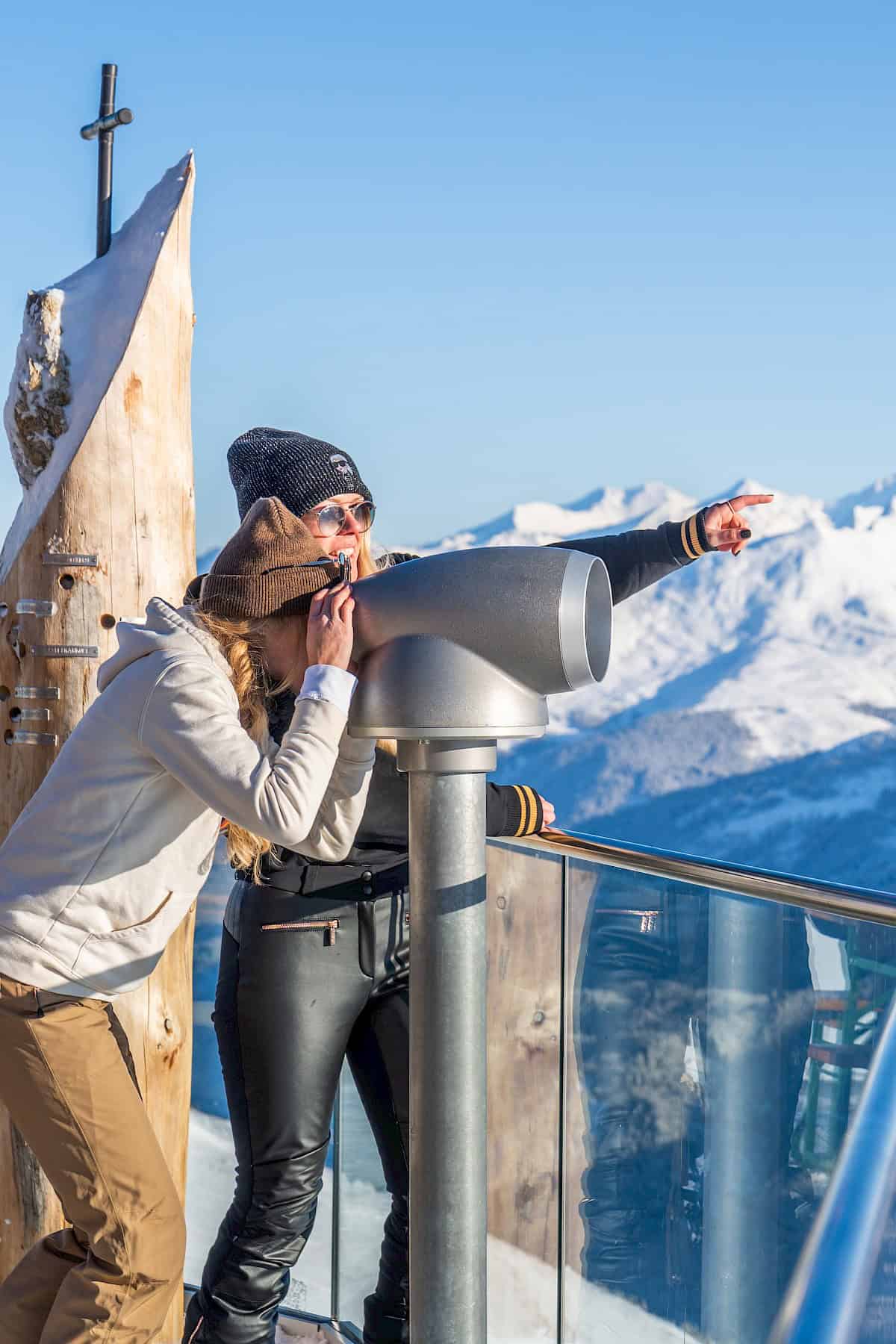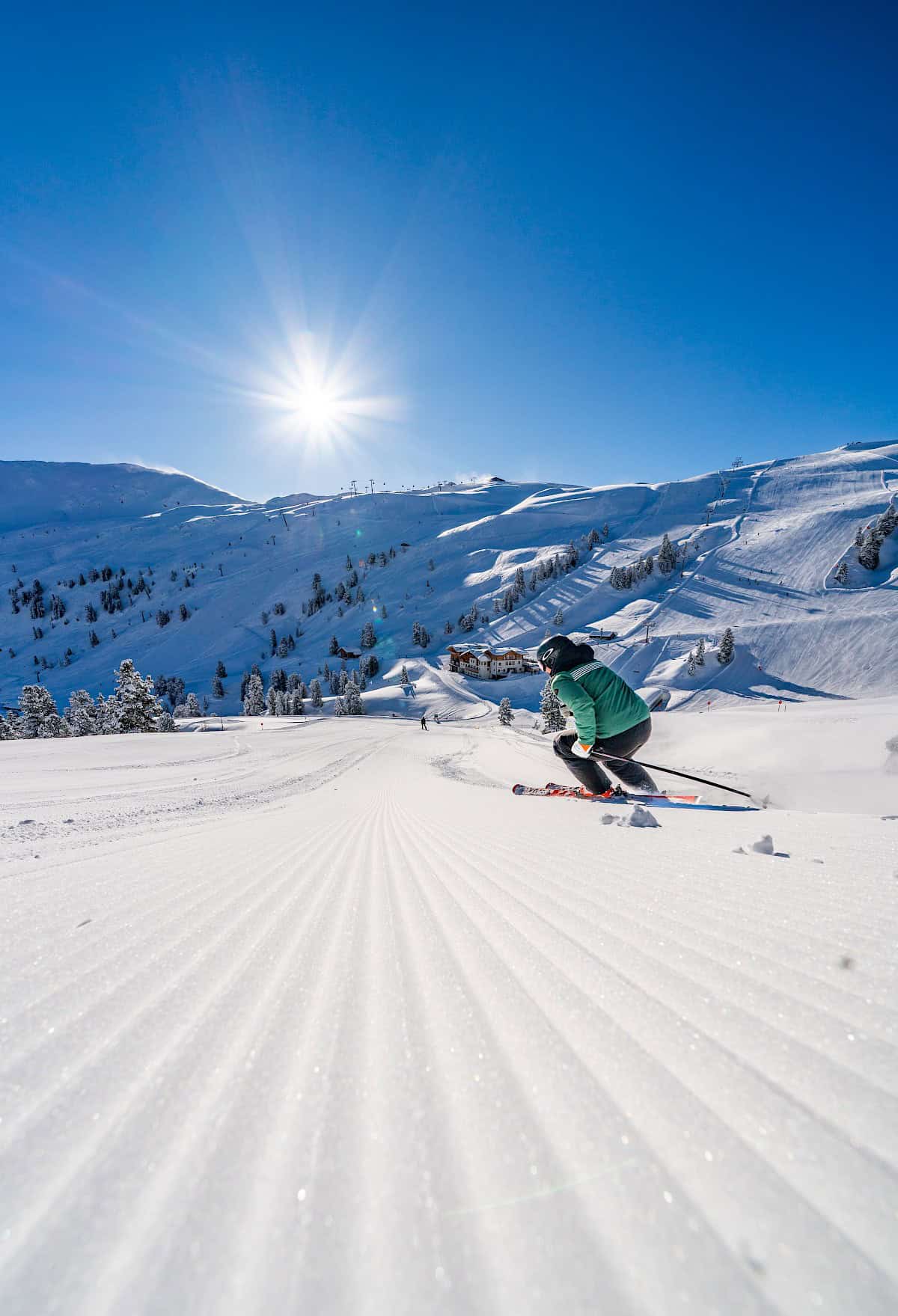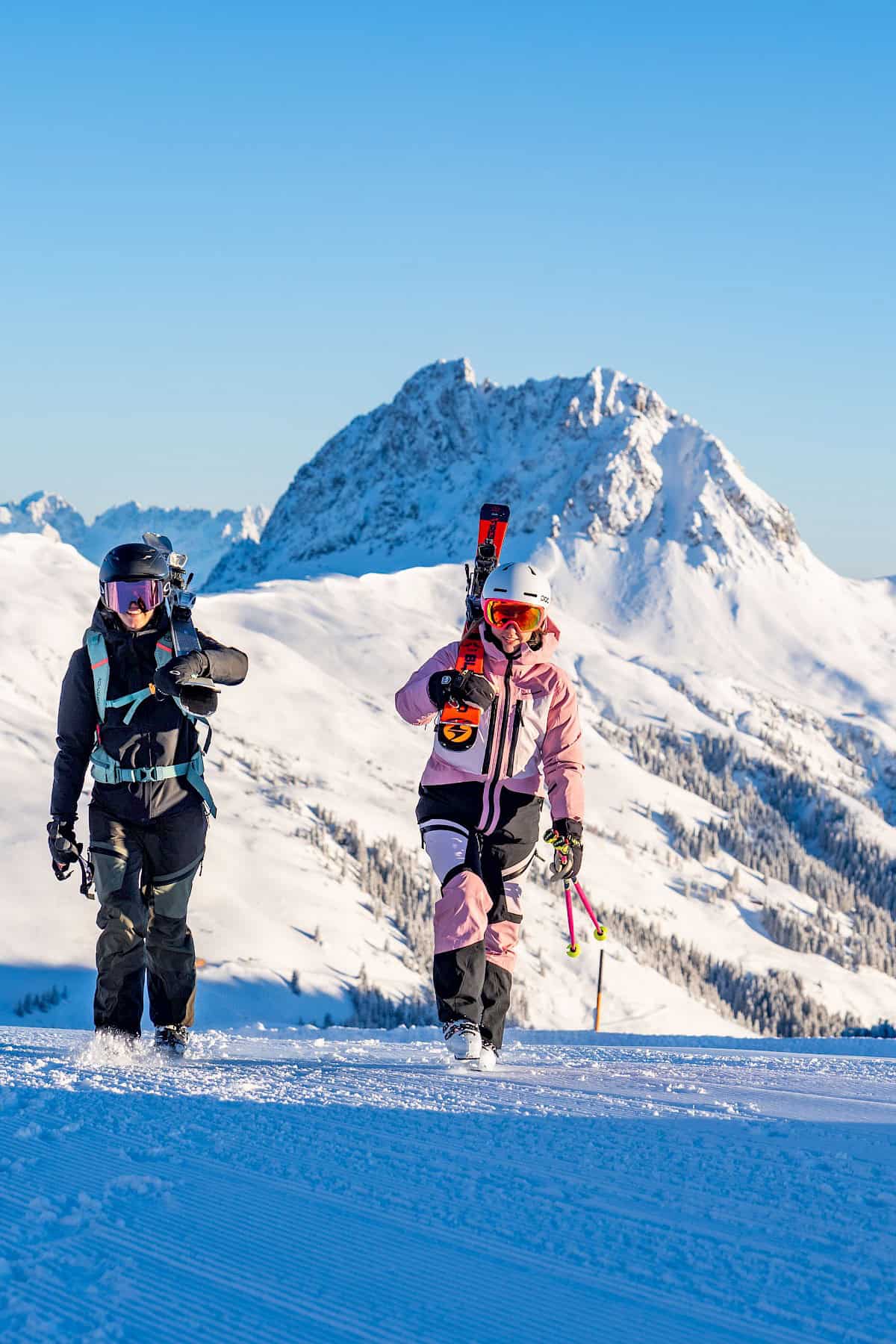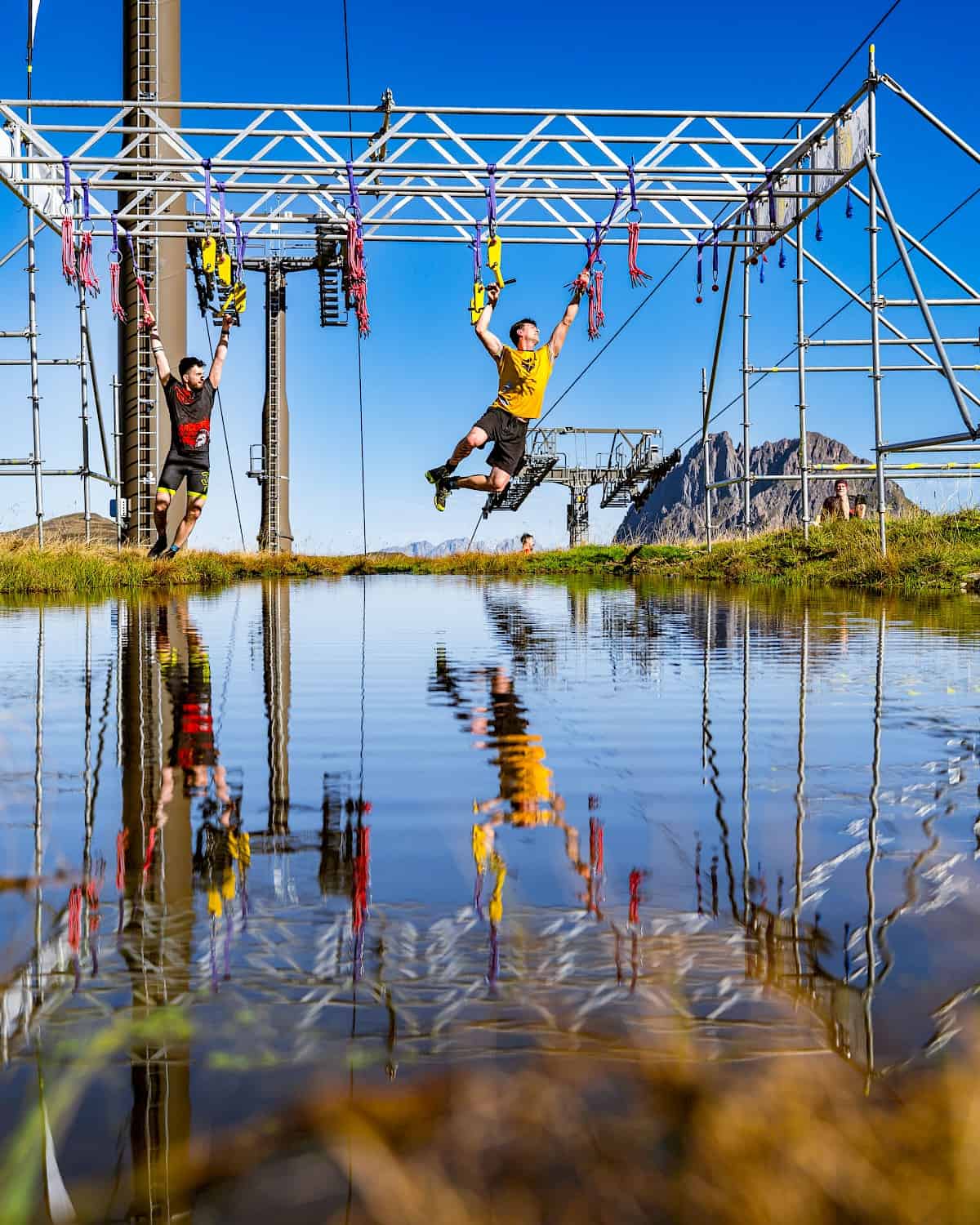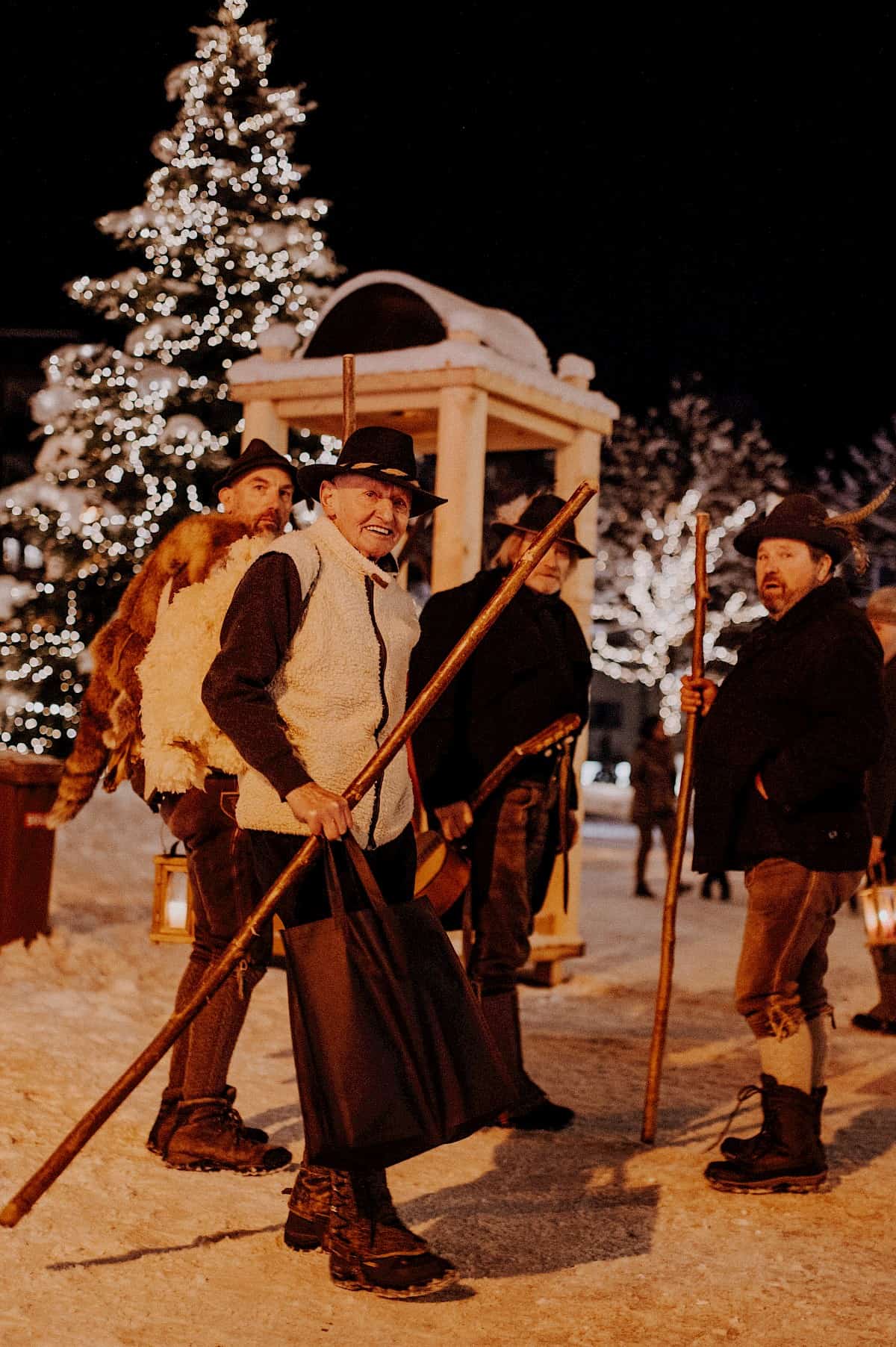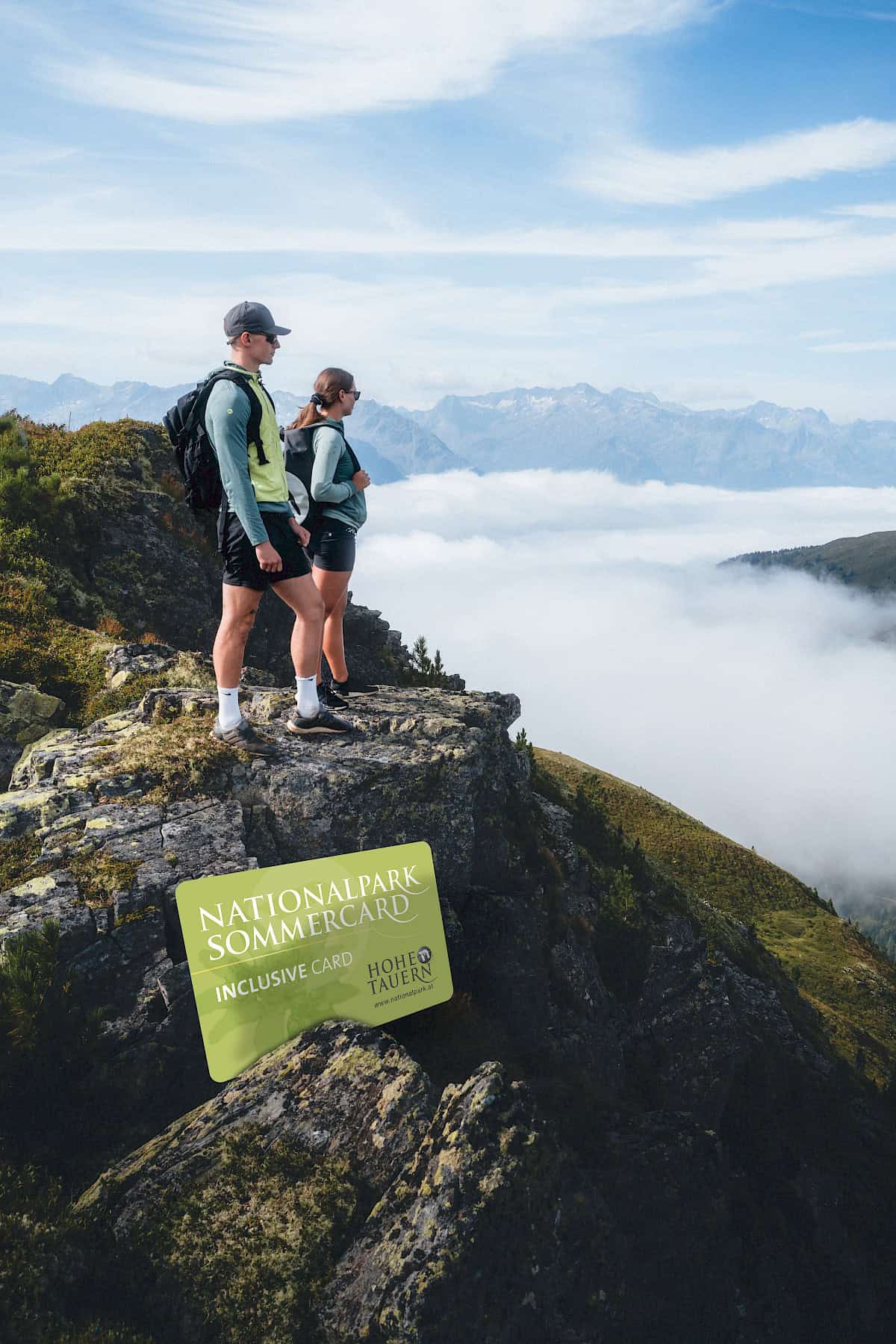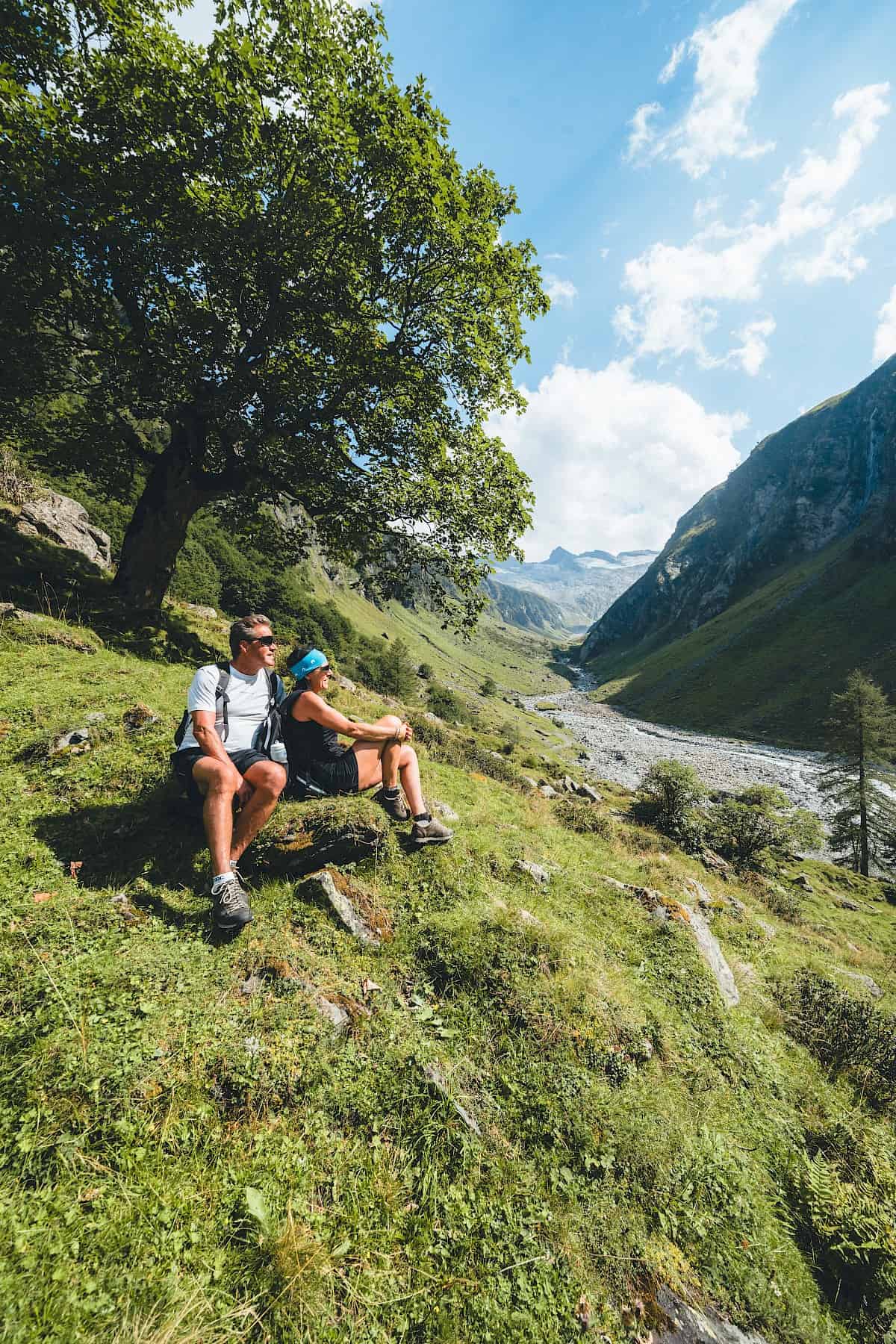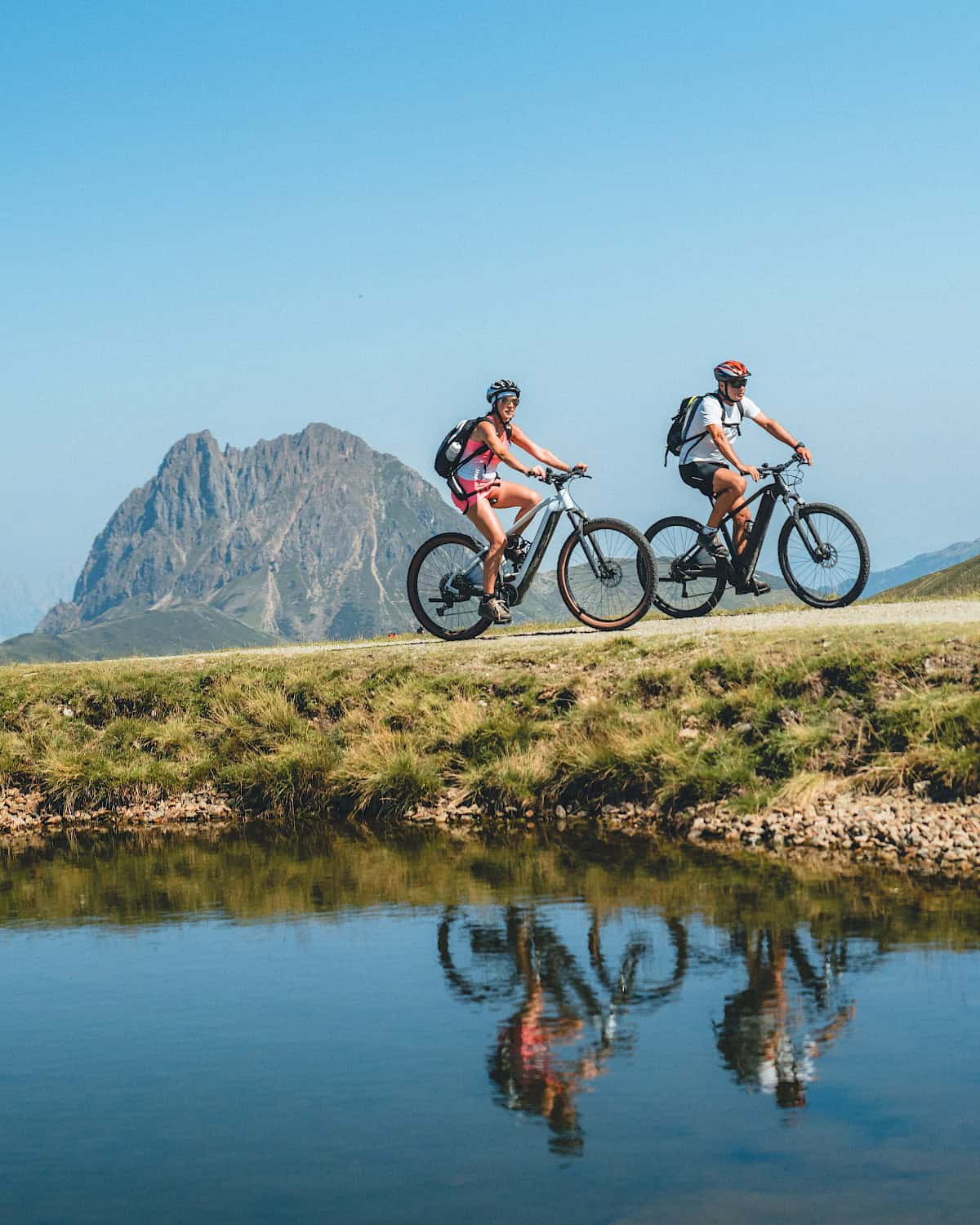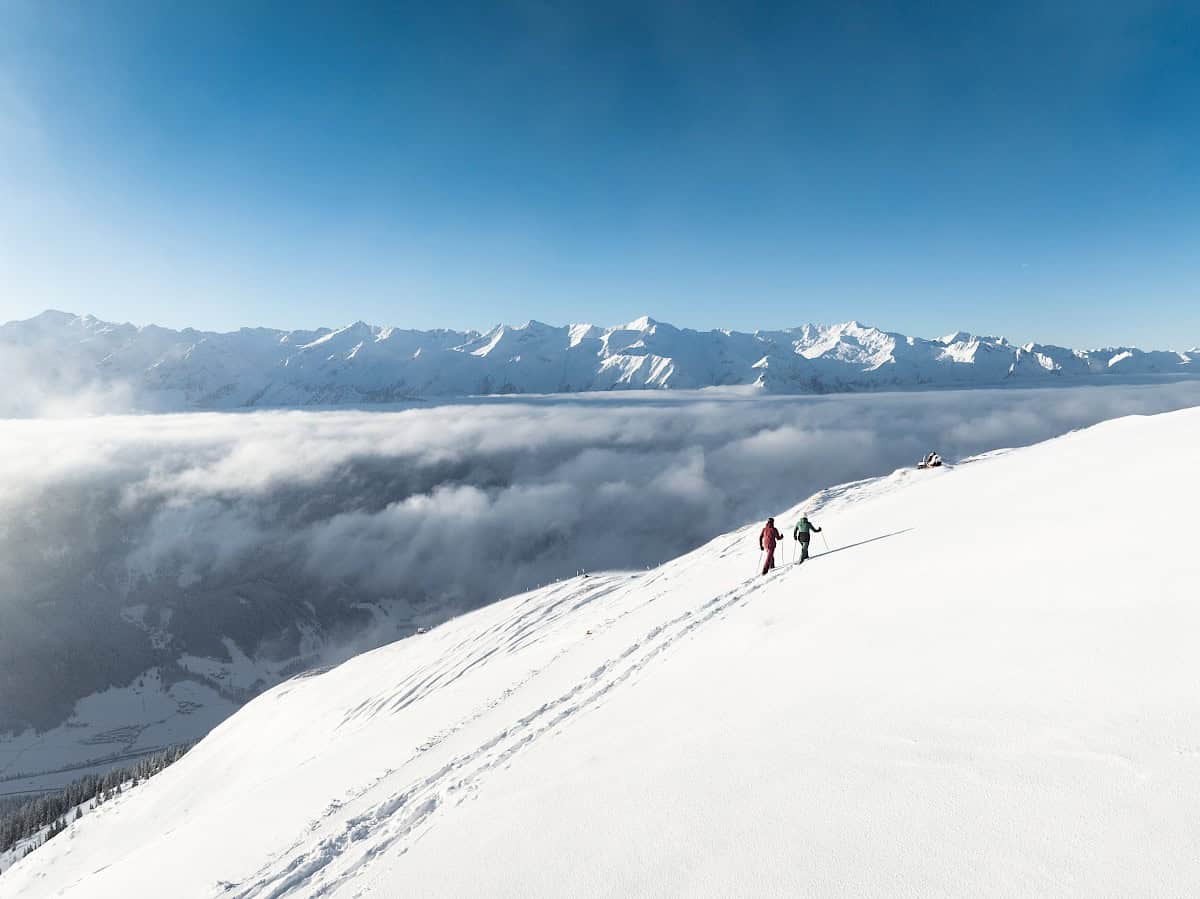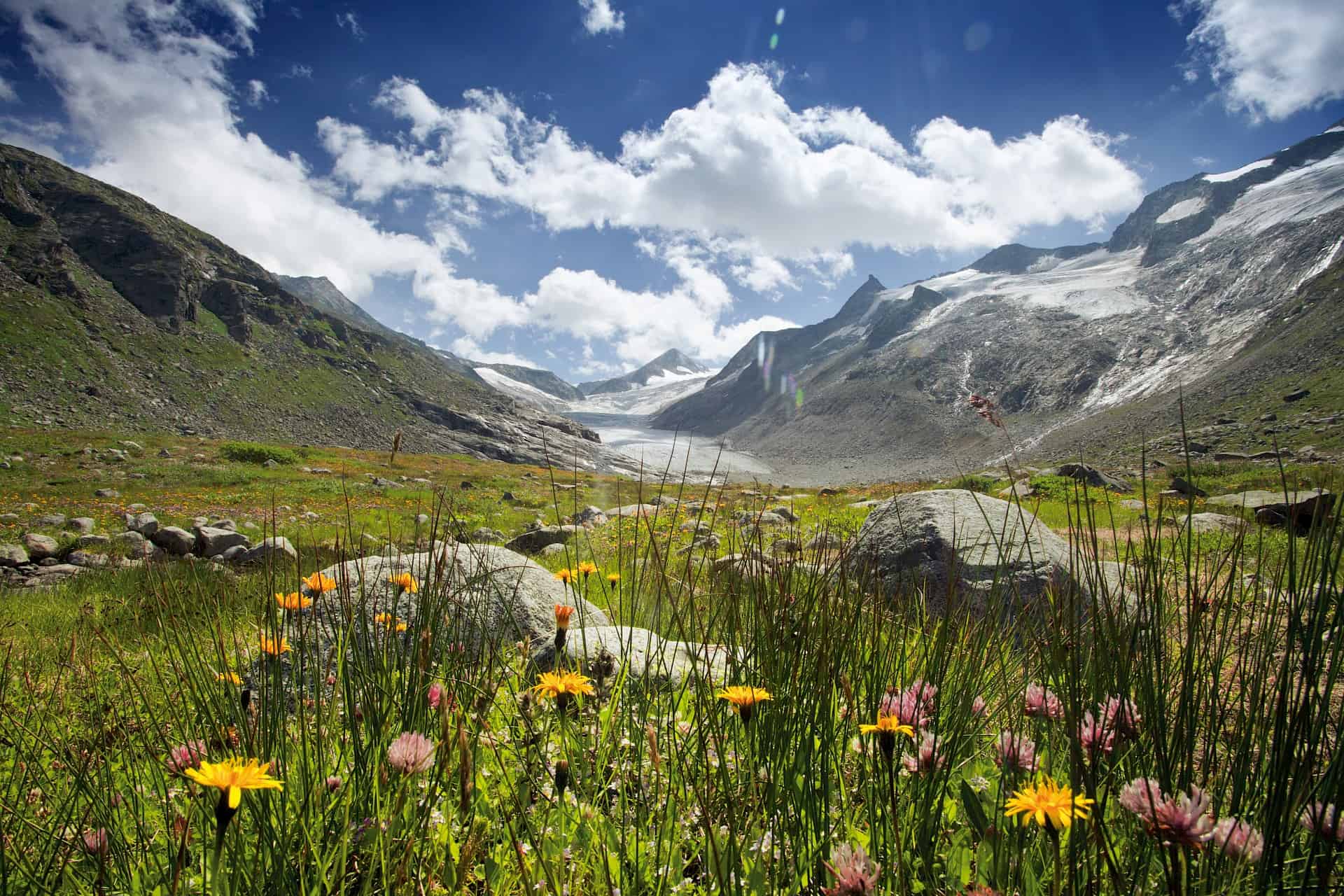The Hohe Tauern National Park
The National Park idea and history
In 1913 1,100 hectares of land in the Stubach and Ammer valley in the Hohe Tauern region were bought by a German-Austrian Union, "Verein Naturschutzpark". Inspired by the already existing and well-known American National Parks they wanted these 1,100 hectares to become a conservation area.
Initiator of this purchase was Dr. August Prinzinger, a Member of the Salzburg Provincial Parliament, and due to him the National Park Idea was brought to the Hohe Tauern. Because of wars and economic crisis the National Park was founded decades after the purchase, in the 1980ies as the first National Park in Austria. With 1,856 km² it is the biggest National Park in the Alps with a unique and pristine natural and cultural landscape.
- Facts and figures:
- With 1,856 km² it is the biggest nature reserve of the Alps and the biggest Nationalpark in Central Europe
- The National Park covers parts of the three privinces of Salzburg, Tyrol and Carinthia
- The part of the province Salzburg is about 805 km², that are 80.500 hectares
- The west-east-extension is 100 km, the north-south-extension is 40 km
- 266 peaks above 3,000 m sea level, approx. 130 km² of glacier
- 550 lakes and 279 natural mountain streams are forming the wealth in water
- In 1967, the Krimml Waterfalls were awarded with the European Diploma of Protected Areas
- Besides the natural alpine ecosystems in the core zone the centuries-old cultural landscape in the buffer zone is also protected
- All important alpine ecosystems do exist here undisturbed and extensvie
- Valleys formed during the ice age, alpine heathland, forests with larches, spruces and swiss stone pines, untouched glacial streams
- The "Tauern Window" is a geological sensation and unique in shape and size worldwide
- More than 220 different minerals - from crystals to emarlds - are forming the crystal treasure troves of the Hohe Tauern
- Golden eagle, bearded vulture and griffon vulture, marmots, chamois and ibex are native
- More than one third of all botanical species and half of all amphibians, reptiles, birds and mammalians which are found in Austria, can be found in the Hohe Tauern National Park
- A walk from the valley up into the mountains corresponds to a journey through all vegetation layers from Central Europe to the Artic
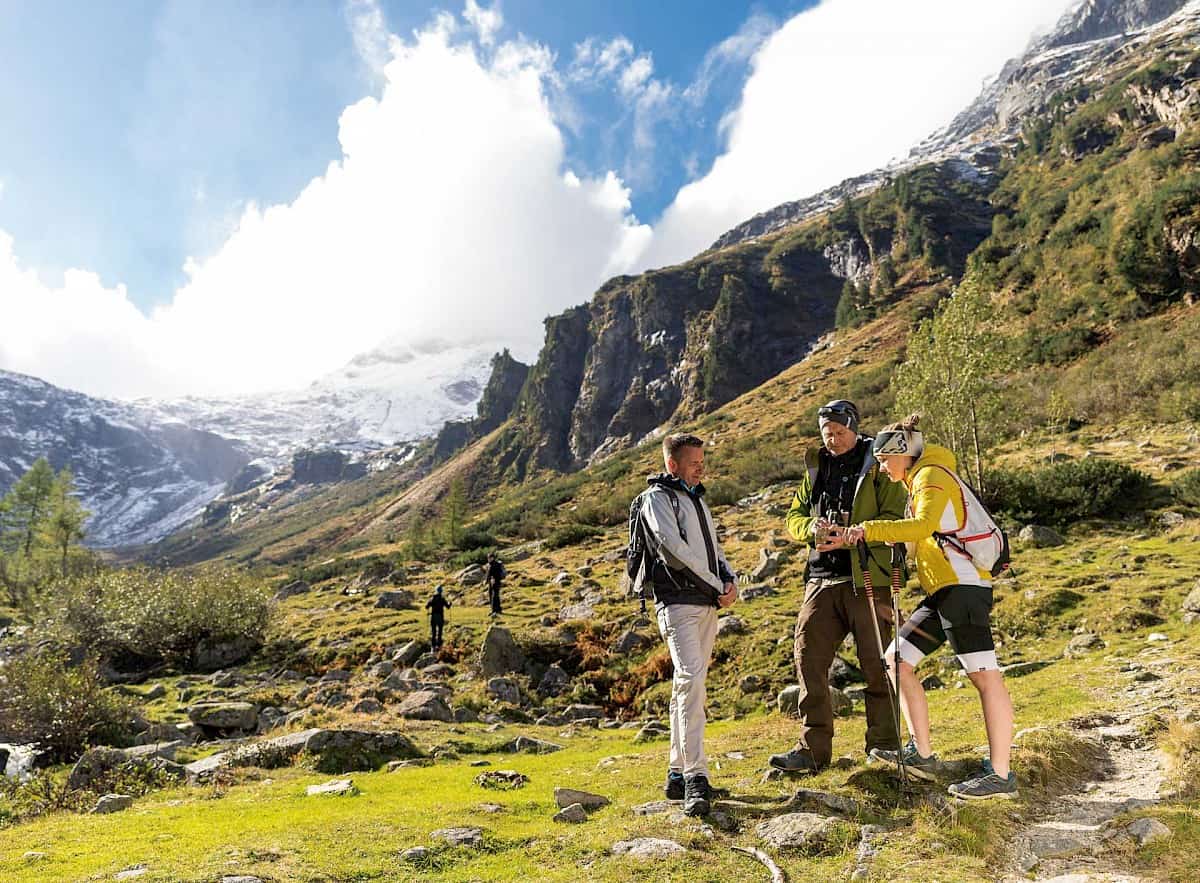
Meet a Ranger:
Erfahren Sie mehr über die natürlichen Ressourcen im Nationalpark Hohe Tauern und lernen Sie seine einzigartige Tier- und Pflanzenwelt kennen. Lernen Sie die Menschen kennen, die unseren Nationalpark schützen und erfahren Sie, wie Sie diese Schätze für die kommenden Generationen bewahren können.
Nicht ohne Grund sind die Nationalpark-Ranger das Aushängeschild des Nationalparks - schließlich kennen sie das Schutzgebiet wie ihre Westentasche.
In den Sommermonaten haben Sie die Möglichkeit, die Ranger in den Nationalpark Tälern zu treffen und zu begleiten. Die Junior Ranger in den Infohütten geben Auskunft, wo Sie den Nationalpark Ranger treffen können.
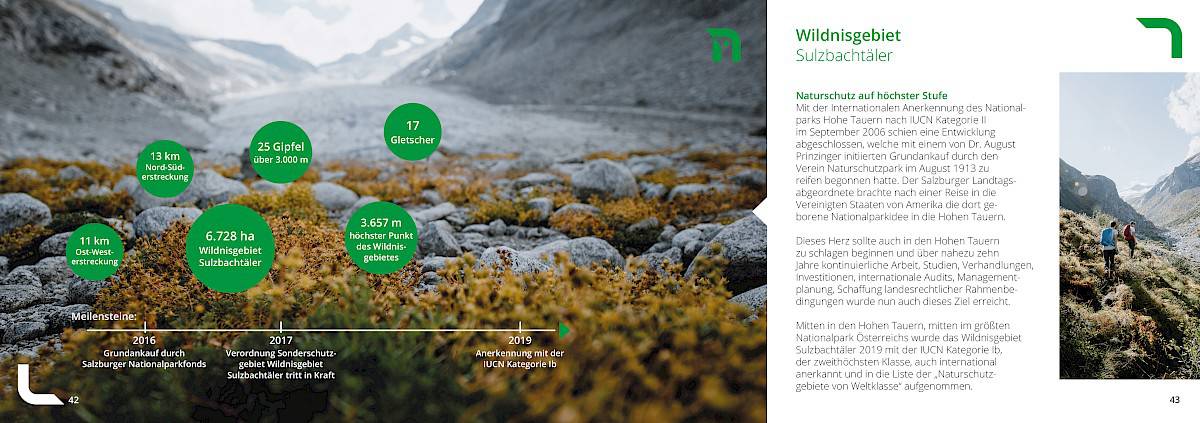
The unique 1,800 m² alpine world of experience. The Hohe Tauern national park with the highest peaks of Austria and its inhabitants as ibex, chamois or snow mouse seem close enough to touch. ten stations can be expored. The National Park center is daily open.
